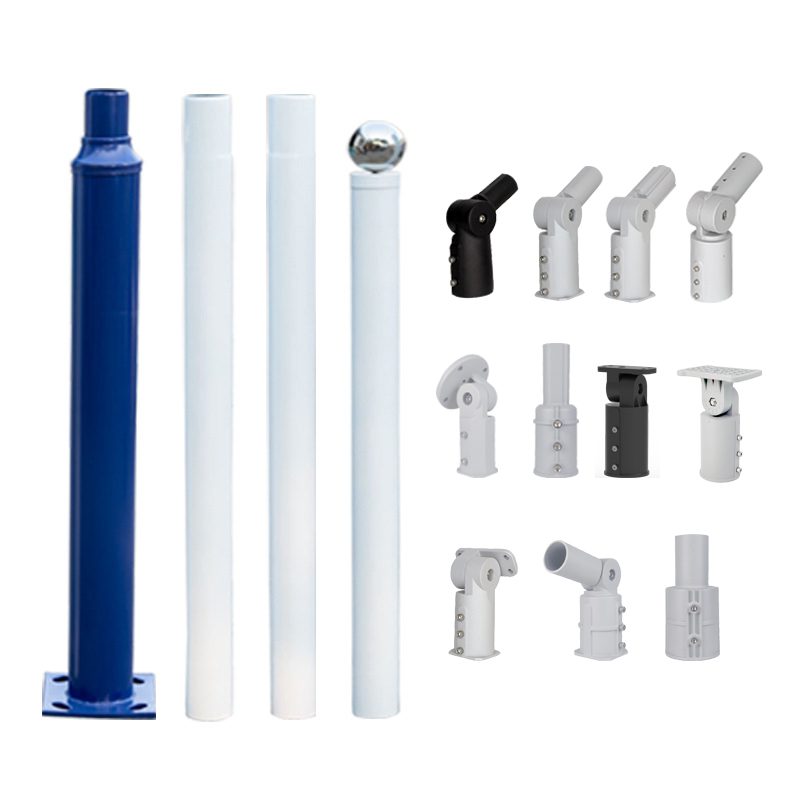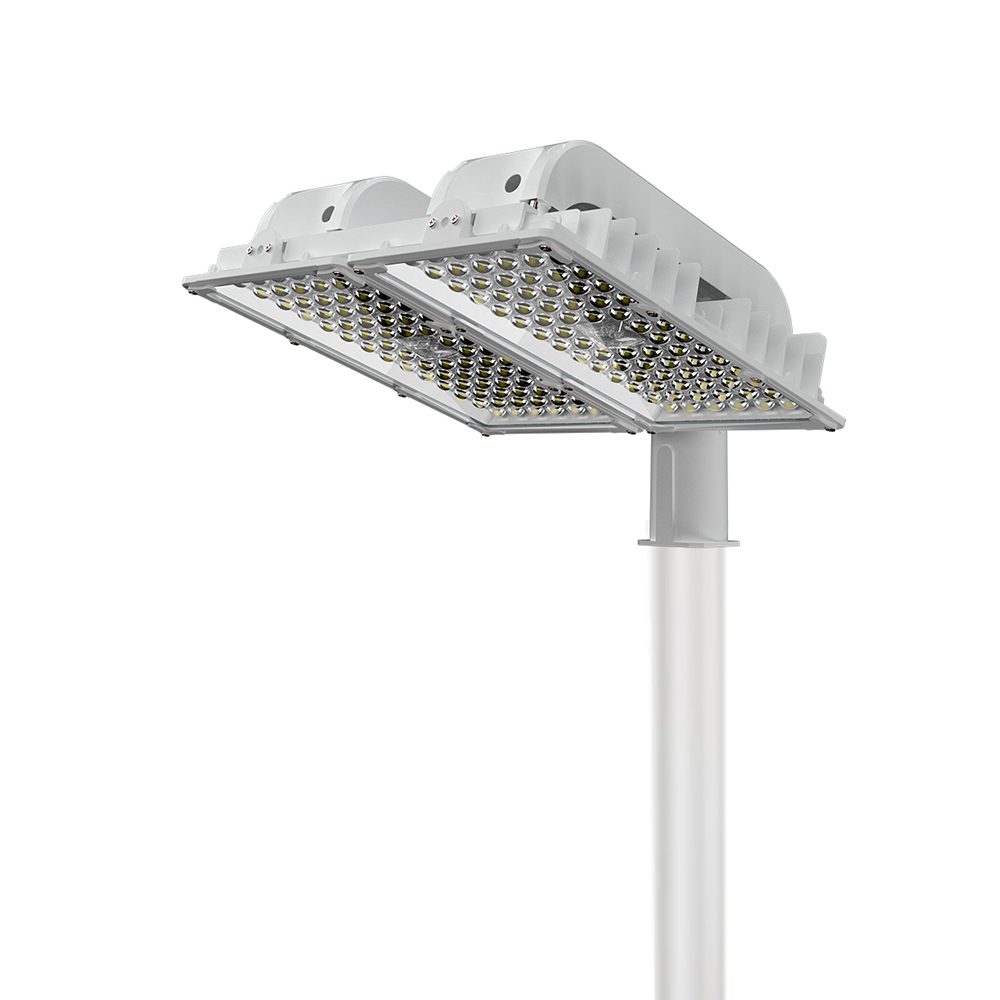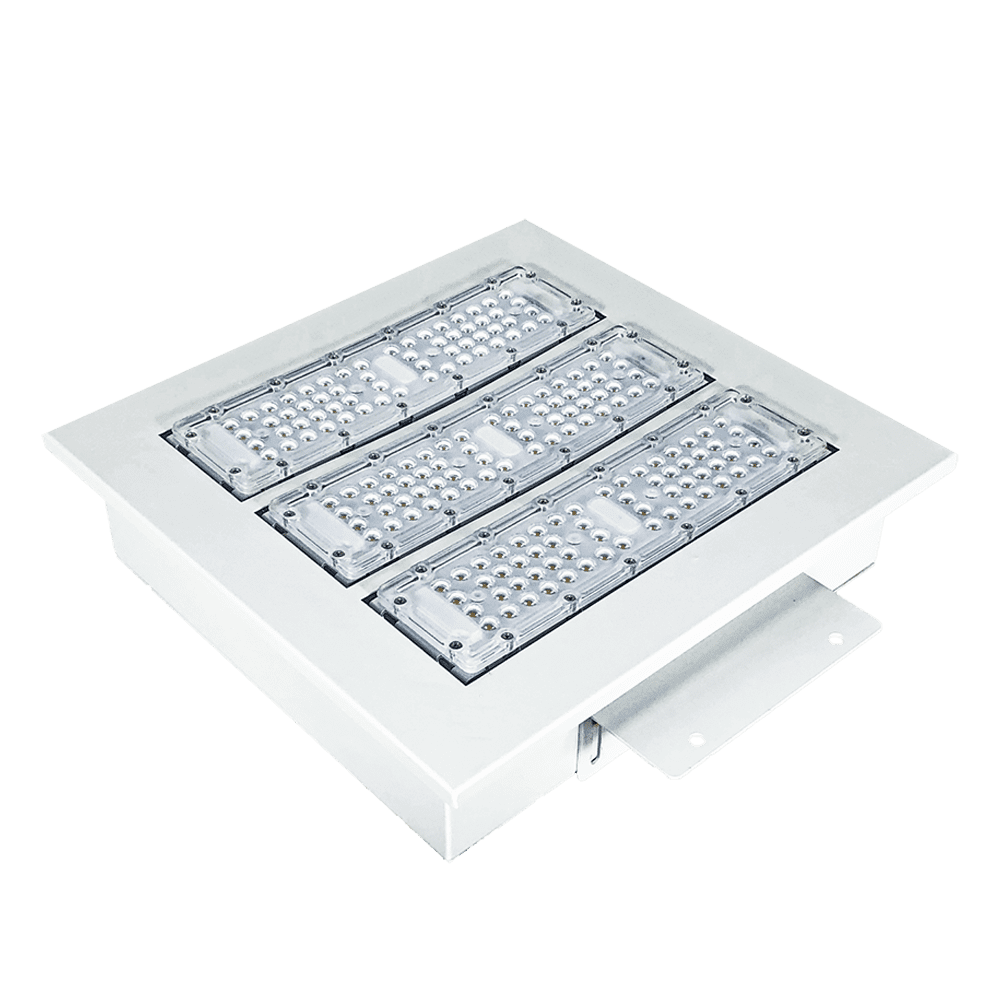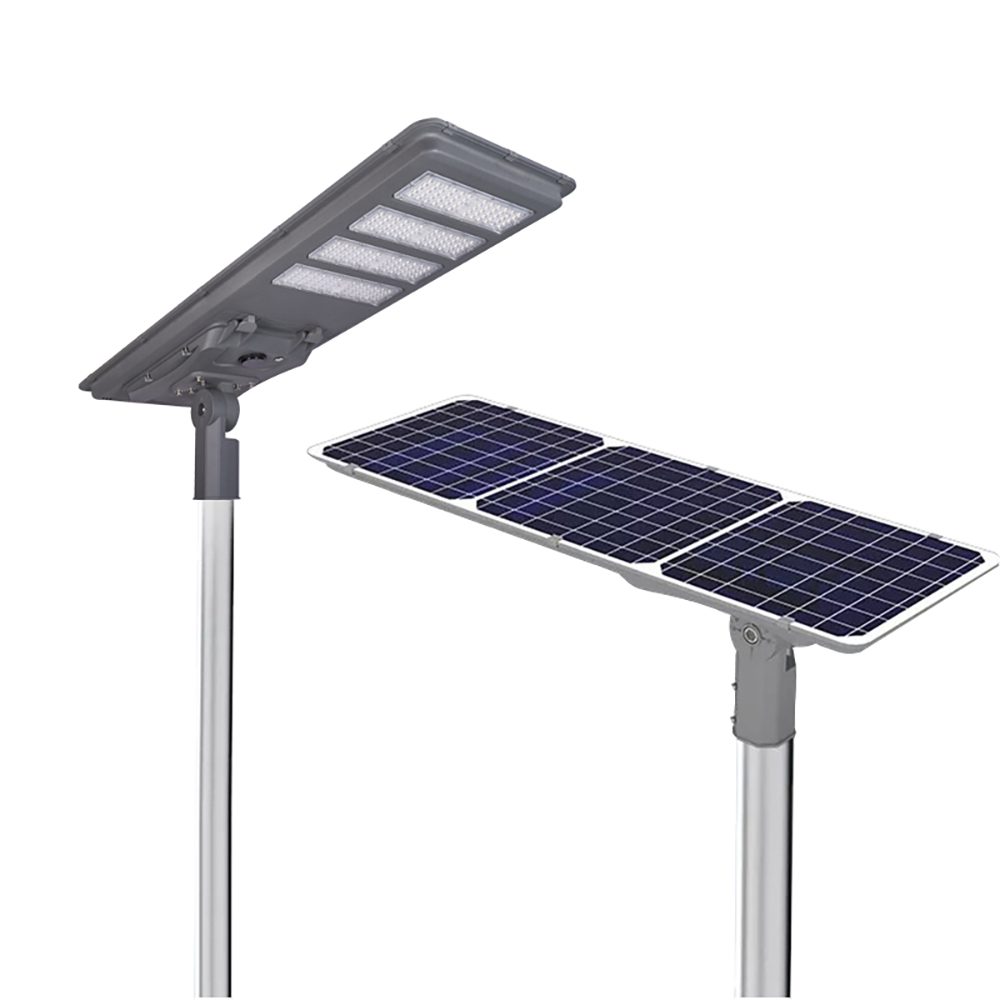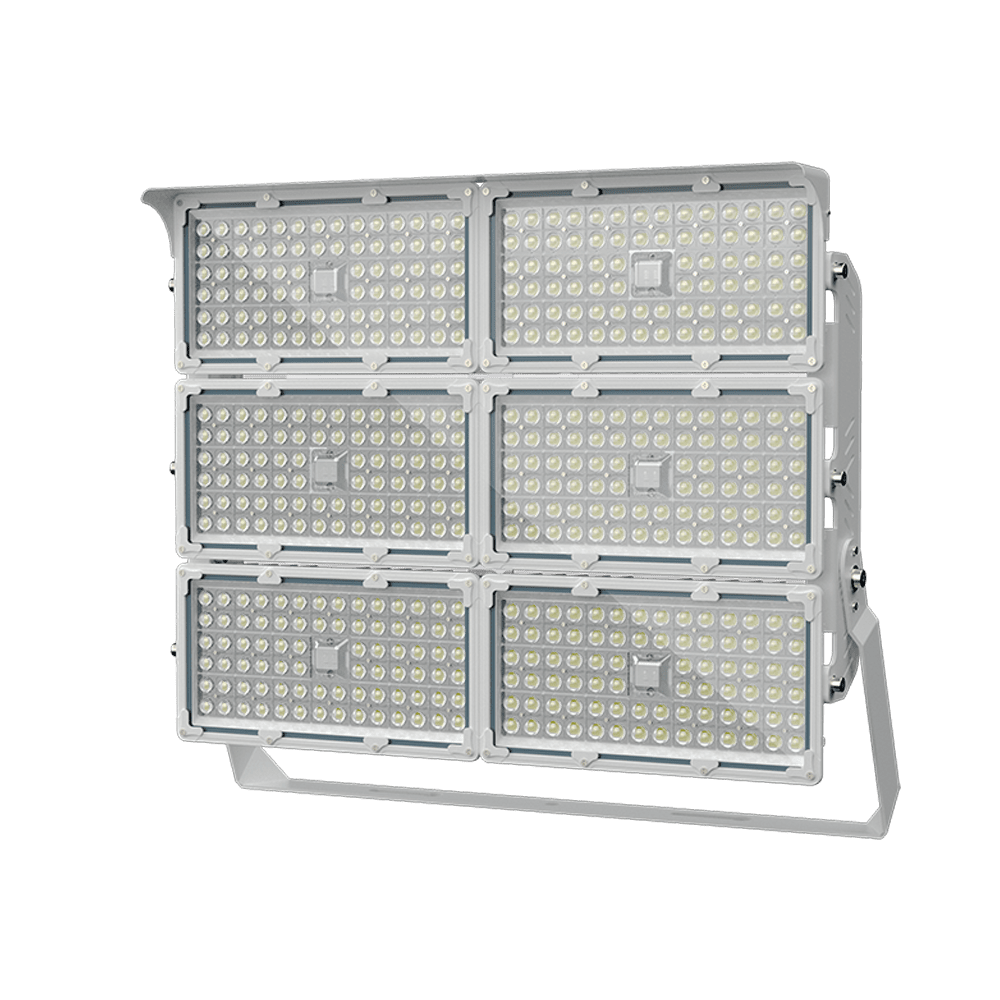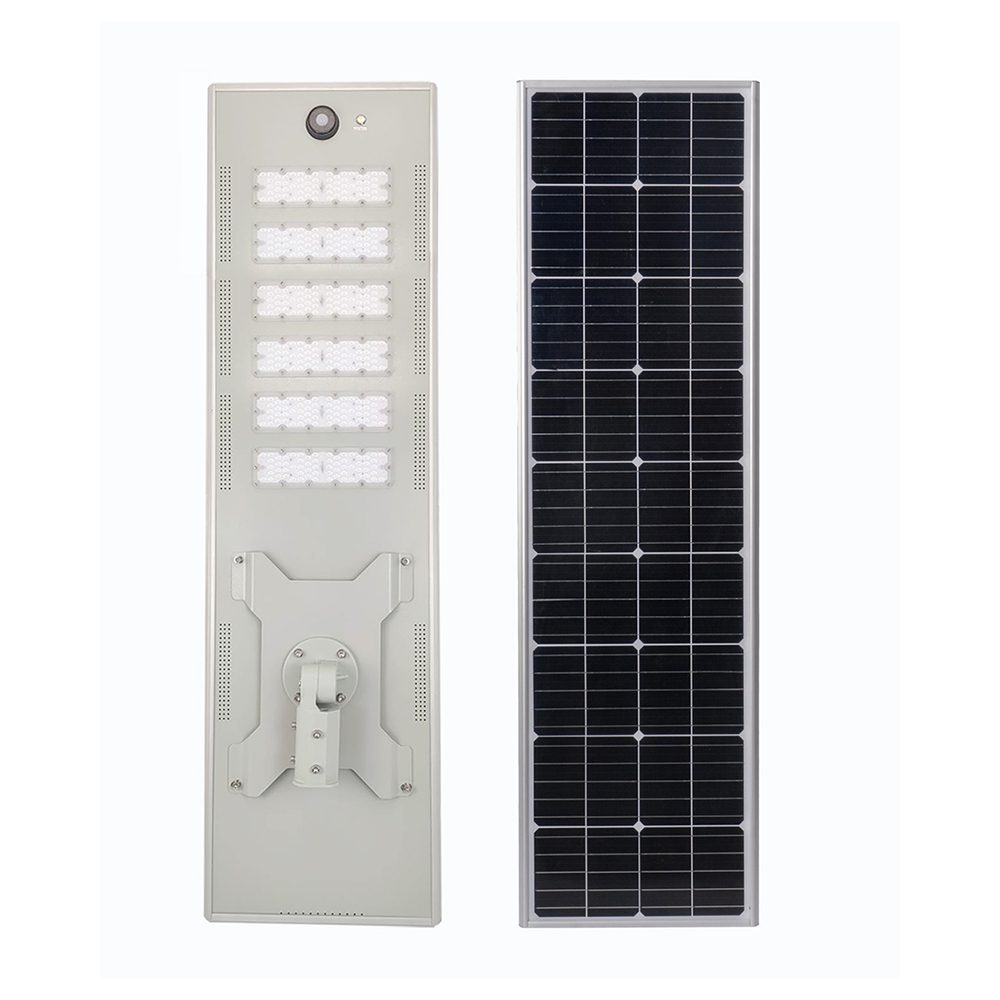In modern urban lighting, the choice of power supply for street lights is crucial. Isolated power supplies and non-isolated power supplies are two common types, each with unique advantages and disadvantages suitable for different scenarios. This article will explore the differences between these two power supplies to help you better understand their functions and applications.
1.Definitions and Basic Principles
Isolated Power Supply refers to a power supply with electrical isolation between the input and output. This isolation is typically achieved through a transformer, ensuring no direct electrical connection between the input and output currents. This design effectively prevents electrical interference and the risk of electric shock.
Non-Isolated Power Supply, on the other hand, lacks this electrical isolation, with a direct connection between the input and output. It typically uses switching power supply technology to convert voltage through inductors or capacitors. This design results in a smaller size and higher efficiency, but it carries a relatively lower level of safety.
2.Safety
In terms of safety, isolated power supplies have a clear advantage. Due to their design characteristics, isolated power supplies can effectively avoid the risk of electric shock from leakage currents, especially in damp or harsh environments. Non-isolated power supplies, however, have weaker protective measures in this regard and require special attention to electrical safety, particularly in public spaces and densely populated areas.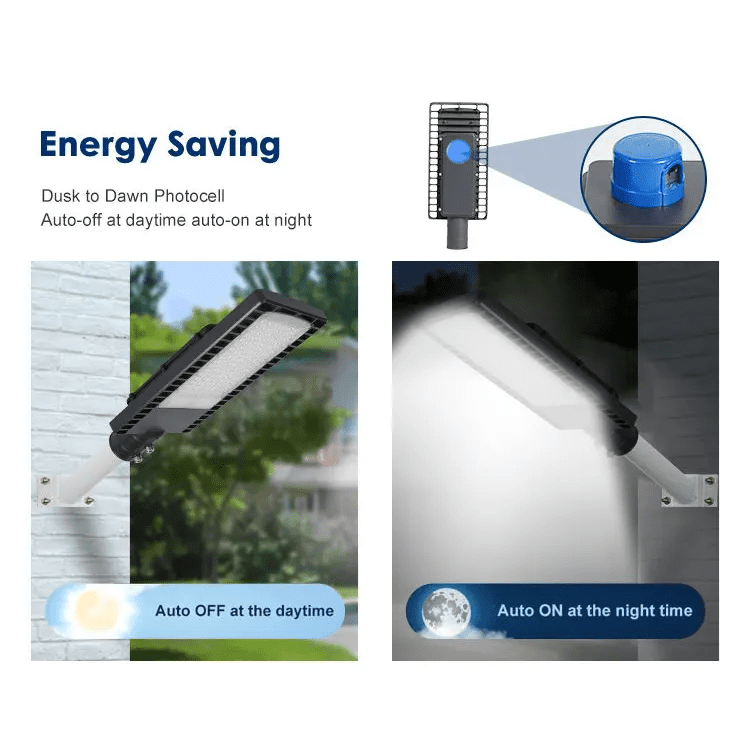
3.Performance and Efficiency
Regarding performance, non-isolated power supplies generally exhibit higher energy conversion efficiency. This is because their design structure is simpler, resulting in less loss and a quicker response to load changes. This makes non-isolated power supplies excel in applications with high efficiency demands, such as LED lighting systems.
Isolated power supplies, while slightly less efficient, offer better voltage regulation, maintaining stable output voltage under different loads, making them suitable for devices sensitive to voltage fluctuations.
4.Application Areas
Isolated and non-isolated power supplies are suitable for different application scenarios. Isolated power supplies are commonly used in environments requiring high safety and reliability, such as hospitals, laboratories, and specific industrial settings. Non-isolated power supplies are more often used in general lighting equipment and consumer electronics, where safety requirements are relatively lower.
5.Cost Considerations
In general, isolated power supplies have a higher manufacturing cost due to their complex internal structures and the need for additional components like transformers. Additionally, the larger size of isolated power supplies can be a disadvantage in applications with strict space requirements.
In contrast, non-isolated power supplies typically have lower material costs due to their simpler designs and are often more affordable, making them suitable for mass production and widespread applications.
Conclusion
When selecting a power supply for street lighting, both isolated and non-isolated power supplies have their pros and cons. Isolated power supplies excel in safety and stability, making them ideal for high-risk environments, while non-isolated power supplies offer advantages in efficiency and cost, suitable for general lighting applications. In practical applications, businesses should choose the most suitable power supply type based on specific needs and environmental conditions to ensure the safety and reliability of the lighting system.

